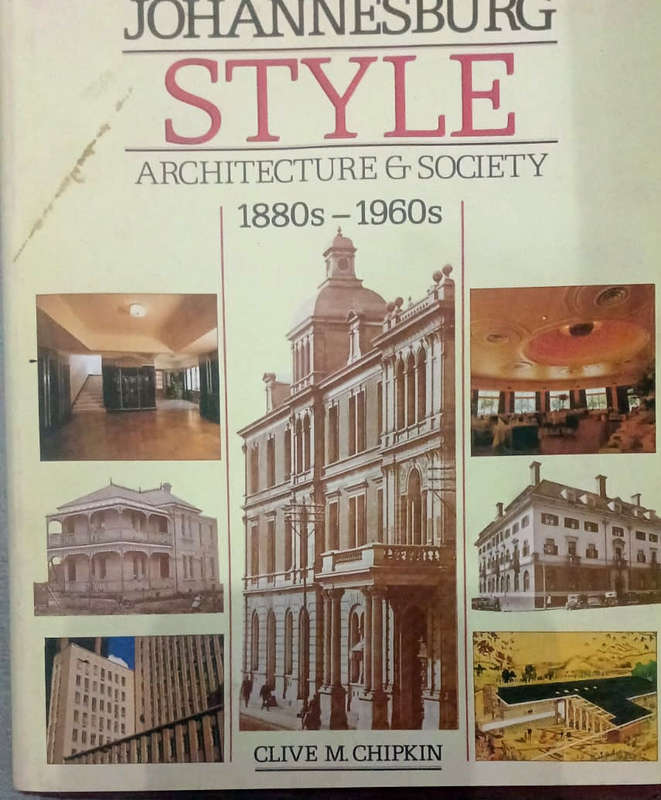
Johannesburg style: Architecture & society, 1880s-1960s
Check my rate
| Main centres: | 1-3 business days |
| Regional areas: | 3-4 business days |
| Remote areas: | 3-5 business days |

| Main centres: | 1-3 business days |
| Regional areas: | 3-4 business days |
| Remote areas: | 3-5 business days |
Published by David Phillip, 1993, hardcover, illustrated, index, A4 format, apart from mark to DJ, condition: as new.
The author, architectural critic, Clive Chipkin argues that Johannesburg has evolved a recognisable style or procession of styles that are as interesting and deserving of serious consideration as those of other major cities of the world.Johannesburg was the progeny of nineteenth-century industrial society, and its history is the story of its development as an industrial metropolis tied to the world market.
Clive Chipkin sets the architecture of Johannesburg firmly against its historical context and surveys the development of the citys fabric and cultural style up to the 1960s. There are chapters on Victorian architecture the first in the procession of building styles; on Edwardian architecture which characterised the mining town of the early twentieth century that was fast growing into a little New York in the mid-1930s, with stunted skyscrapers to emulate their Manhattan paradigms. Further sections deal with the Modern Movement, Township Johannesburg, and Johannesburgs architecture after the Second World War.
Professor Julian Cooke of the School of Architecture, University of Cape Town, has commented: Students and professional architects will find Clive Chipkins refusal to follow conventional mainstream accounts of Johannesburgs architectural history challenging. General readers will enjoy the way the book romps through politics, music, biography, industry and architecture very consistent with Johannesburgs mad romp through history.